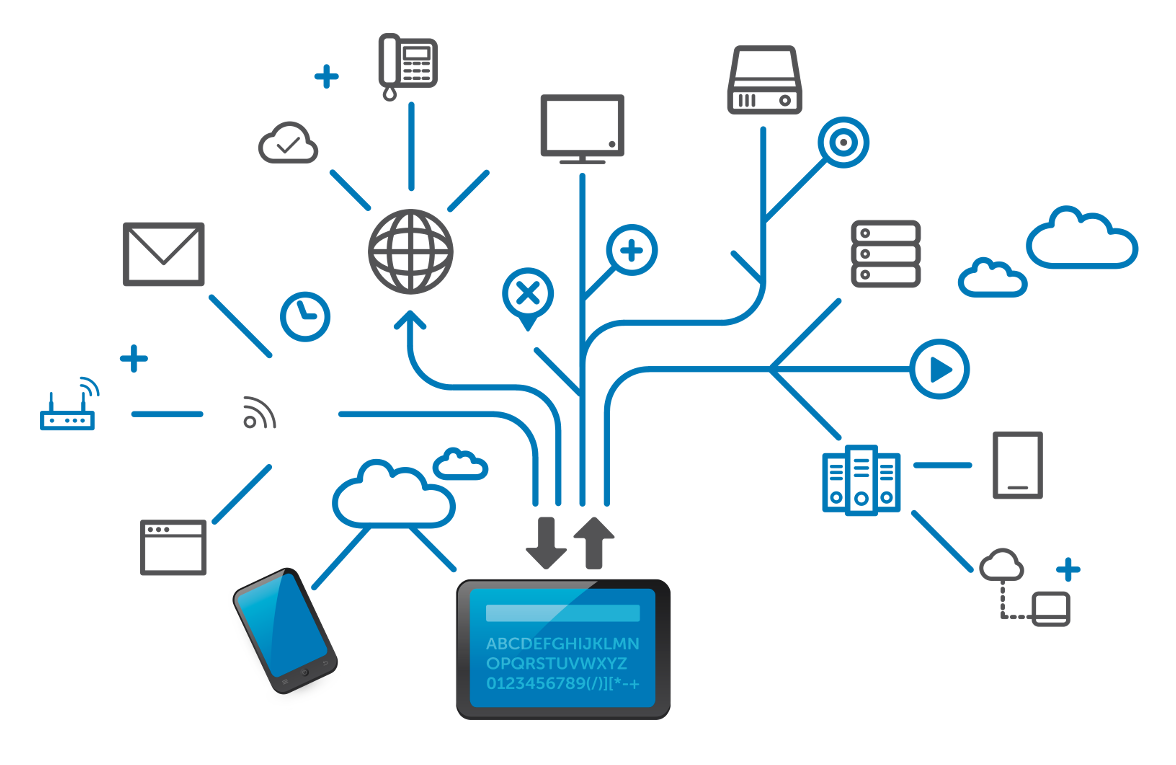
20 Most Common Telecommunications interview questions part 1
11-Describe about Asynchronous Transmission?
– It uses the start and stop bits for signifying the beginning bit of ASCII character that is to be transmitted.
– For instance, ‘0100 0001 would become ‘1 0100 0001 000 1 0’’.
– The additional one bit at the beginning and ending of the transmission refers the receiver that a character is entering and the character is ended.
– When data need to be sent intermittently, this method is used.
– The start and stop bits are supposed to be opposite polarity.
– By this process, the receiver recognizes the second packet of the information that is being sent.
12 Describe Synchronous Transmission?
– Synchronous transmission does not use start and stop bits, hence data transfer rate is quicker.
– The transmission is synchronized by speeding up at both the sending and receiving ends.
– This uses clock signals that are built at each component.
– Continual stream of data is sent between two nodes.
– Re-synchronization is one of the methods to address the lost bits.
– This method uses check digits instead of parity bits for ensuring the byte is correctly being interpreted and received.
13 Explain about Voice Over Internet Protocol?
– VOIP is also known as broadband telephony.
– VOIP is to route the voice conversations over the internet.
– VOIP services convert telephonic signals into digital signals.
– Voice traffic is transmitted over Internet Protocol based networks.
– VOIP deploys a protocol known as session control protocol for controlling the set-up and tear-down of calls as well as audio codecs.
14 What equipment is needed for VOIP?
Following are the equipment that is needed for VOIP.
– A Broadband connection.
– VOIP enabled telephones.
– Nexton Soft Switches
– A Router
– An Audiocodec
– An Astric server
– A dial-up connection can also be used for VOIP.
15-What are the advantages of VOIP?
Following are the advantages of VOIP:
– Call costs are cheaper than traditional telephone land line calls.
– Upgrading is simple.
– Can be integrated with existing telephone connection.
– Calls are free with VOIP PC-to-PC, irrespective of distance.
– Virtual number enables to make calls across the globe.
– Any number of geographical areas can be purchased, that works very cheap.
– Messaging is also possible with VOIP phone.
16-Describe about TTCN-3?
– Testing and Test Control Notation Version 3 is one of the strongly typed tests scripting language.
– It is used testing of communicating systems conformance.
– TTCN-3 is utilized for specification of test infrastructure interfaces.
– This process is implemented with concrete communication environments.
– TTCN-3 has standardized adapter interfaces.
17- Describe about RX Lev Full?
– RX Lev Full is Mobile transmit measurement report .
– This report is generated for every 480ms.
– The multi frame contains 104 TDMA frames.
– Among 104 frames 4 TDMA frames are used for decoding the BSIC.
– Remaining frames are used for serving and neighboring cells.
– The measurement of these remaining TDMA frames is RX Lev Full.
18-What is the functionality of TCSM?
– TCSM is an acronym for Transcoder/Sub-Multiplexer.
– Interface traffic is carried through the radio frequency in the air.
– Data is compressed for efficient transmission of data.
– Original data of 64 KBPS on interface side is compressed to 13 KBPS on the air.
– The compression is done by TCSM.
19-What is Simple Network Management Protocol?
– SNMP is one of the UDP-based network protocols.
– Monitoring network-attached devices for various administrative attentions, is the main purpose of SNMP.
– SNMP is one of the protocol suites that are designed by Internet Engineering Task Force.
– It has application layer database schema, protocol, and a group of data objects.
– The basic messages, SET, GET, GET-NEXT, GET-RESPONSE and TRAP are the common messages that communicates between the SNMP manager and the SNMP agent.
20-What are the reasons for call drop?
A call drop occurs when
– Slips occur in media.
– There is some antenna tilting.
– Phone goes out of range.
– Electric and mechanic tilts occur.
– Signal interference occurs.

